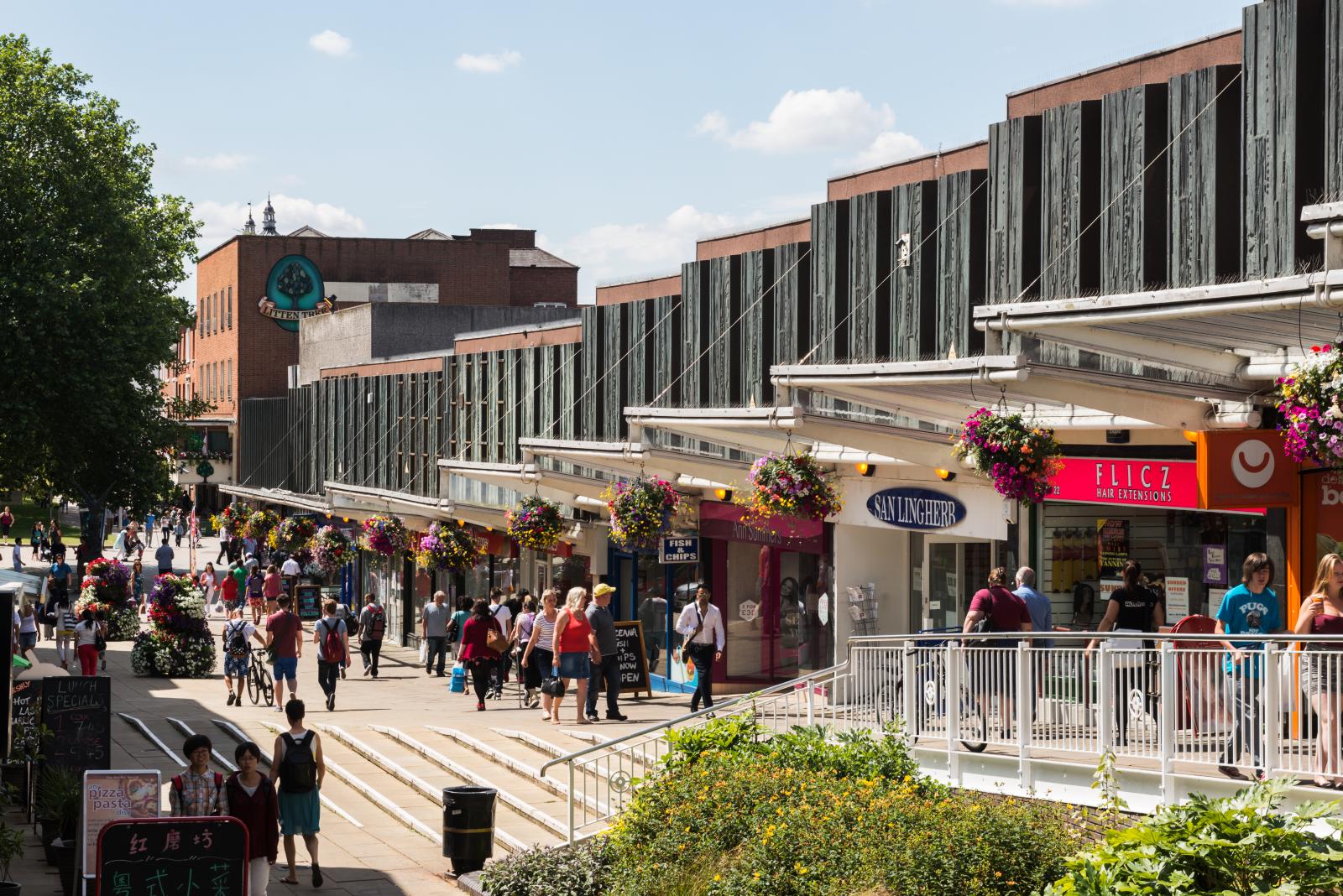2014 – The Value and Impact of Heritage
Heritage Counts 2014 explores the value and impact of heritage on many factors including growth, the economy, our wellbeing and sense of place, through various pieces of research which are summarised in the national Heritage Counts report.
Evidence on the value and impact of heritage will support historic environment professionals and those with an interest in heritage to better understand and demonstrate the value of heritage through advocacy. This is always important but never more so than at a time of dramatic cuts in public funding when parts of the heritage sector are under extreme pressure.
In addition to the research, we have also created infographics summarising some of the key values and impacts of heritage to support advocacy:
We have also put a number of extra case studies on the website. These highlight the value and impact of heritage through examples of regeneration and development, community engagement and participation.
The value and impact chapter explores the value of heritage by looking at three key areas:
- Levels of heritage participation
- Different types of heritage participation
- Ways in which economists have tried to quantify the overall value people place on heritage
Research on value and impact of heritage
The first piece of research was a study on the impact of visiting heritage on wellbeing, commissioned by Heritage Counts. It aimed to support the recent growth in interest in understanding the relationship between overall wellbeing and culture. Specifically, it aimed to fill the gap in knowledge on the relationship between wellbeing and heritage.
The research looked at the relationship between wellbeing and heritage visits and found that, of the eight different types of heritage site, visits to historic towns and historic buildings have the greatest impact on wellbeing. A wellbeing valuation approach was also used to estimate the monetary value of visits to heritage sites.
The impact on wellbeing is calculated as being worth £1,646 to the average heritage participant.
The economic value of heritage
Another piece of research was commissioned by English Heritage in support of Heritage Counts. The stated preference study aimed to analyse willingness to pay (WTP) in order to try to quantify the overall value that people place on heritage.
Visitors and the local population for two English Heritage sites, (Walmer Castle and Gardens in Kent and Castle Acre Priory in Norfolk) were asked what they would be willing to pay (and for visitors above what they already paid to visit the site) to maintain the site and keep it open to the public.
The results show that visitors are willing to pay more up to £4 per visit above the visitor price to maintain sites and non-users up to £1.80 per visit.
The study also provides a value transfer function so that similar sites can make use of the findings in their own site planning. Anyone interested in this should make contact with the Social and Economic Research team.
Case Studies
The case studies below are in addition to those found in the national report. They demonstrate a wide range of heritage and historic environment projects and their impacts.
Heritage Counts
-
Email
[email protected]
-
Address
EC4R 2YA





